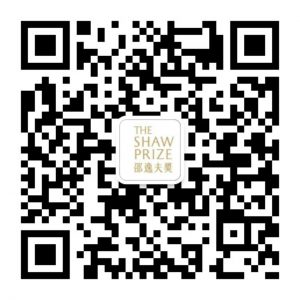for their pioneering research in cosmology, in particular for their studies of fluctuations in the cosmic microwave background. Their predictions have been verified by an armada of ground-, balloon- and space-based instruments, leading to precise determinations of the age, geometry, and mass-energy content of the universe.
for his pioneering development and use of cryogenic-electron tomography (cryo-ET), an imaging technique that enables three-dimensional visualisation of biological samples, including proteins, macromolecular complexes, and cellular compartments as they exist in their natural cellular settings.
for his pioneering work on symplectic geometry, especially for envisioning the existence of a category — nowadays called the Fukaya category — consisting of Lagrangians on a symplectic manifold, for leading the monumental task of constructing it, and for his subsequent ground-breaking and impactful contributions to symplectic topology, mirror symmetry, and gauge theory.
for his ground-breaking discoveries about millisecond pulsars, gamma-ray bursts, supernovae, and other variable or transient astronomical objects. His contributions to time-domain astronomy culminated in the conception, construction and leadership of the Palomar Transient Factory and its successor, the Zwicky Transient Facility, which have revolutionised our understanding of the time-variable optical sky.
for their discovery of the genetic and molecular mechanisms underlying the fetal-to-adult hemoglobin switch, making possible a revolutionary and highly effective genome-editing therapy for sickle cell anemia and β thalassemia, devastating blood diseases that affect millions of people worldwide.
for his development of the arithmetic theory of thin groups and the affine sieve, by bringing together number theory, analysis, combinatorics, dynamics, geometry and spectral theory.
